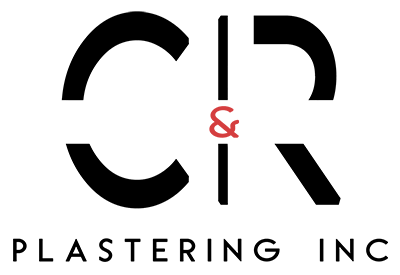Frequently Asked Questions
What is stucco?
Stucco is a plaster made from Portland cement, sand and water which is applied to exterior or interior building surfaces and dries to a hard dense finish. Stucco is used for siding or to cover concrete, wood framing, cinderblock and brick.
What are the advantages of stucco?
Stucco is a strong and durable cost effective finish that can be used in a wide variety of climates. It offers versatility in color and texture and it can be used over wood framing, brick, steel, and concrete. Stucco offers a high degree of energy efficiency, is durable in high humidity environments, offers fire resistance and is low maintenance.
What kind of versatility does stucco offer?
A lot! Stucco can be applied in virtually any color and a wide variety of textures. Pigments are used to achieve color and texture is achieved through the use of different sized aggregates and through the application technique. The proper use of color, texture and technique can even manipulate the appearance of stucco to resemble other materials such as wood and metal.
Is there only one stucco system?
No, there are three different stucco systems in common use:
I. Exterior Insulating Finish Systems or EIFS:
a. Typically, EIFS is a layer of foam laminated or mechanically fastened to a substrate with mesh and a polymer base coat over the top of the foam, and then an acrylic finish over the top of everything.
II. Portland cement based three-coat or conventional stucco systems.
a. Conventional – or three-coat – stucco will have a mechanically fastened weather barrier, or sprayed or rolled-on air and moisture barriers. Over the weather barrier will be expanded or woven wire lath, and then a portland cement scratch and brown coat. The finish can be a variety of products used individually – or in combination – to provide color and texture to the surface.
III. Portland cement based one-coat stucco system.
a. The weather barriers and lath for these systems are similar to three-coat stucco. Typically, a one-coat system has a layer of foam insulation (referred to as continuous insulation) between the lath and the portland cement base coat.
How long does stucco last on a building?
The service life of stucco can’t be quantified as a specific number of years, properly applied and maintained, stucco is as durable as any commonly used cladding material. Its hard surface resists abrasion and can take a lot of physical abuse. It stands up to all sorts of climates, from cold to hot and wet to dry.
Does stucco add any R-Value (insulation value)?
EIFS and one-coat stucco offer superior energy efficiency and have an advantage over most exterior claddings. This benefit is delivered by placing a continuous layer of insulation on the outside of the building providing a superior R-Value and greater energy savings. R-Value measures how hard it is for energy to move through a wall assembly. The higher the R-Value, the more resistance there is to energy movement through the wall. The less your building’s HVAC system has to work, the more energy and money you save
